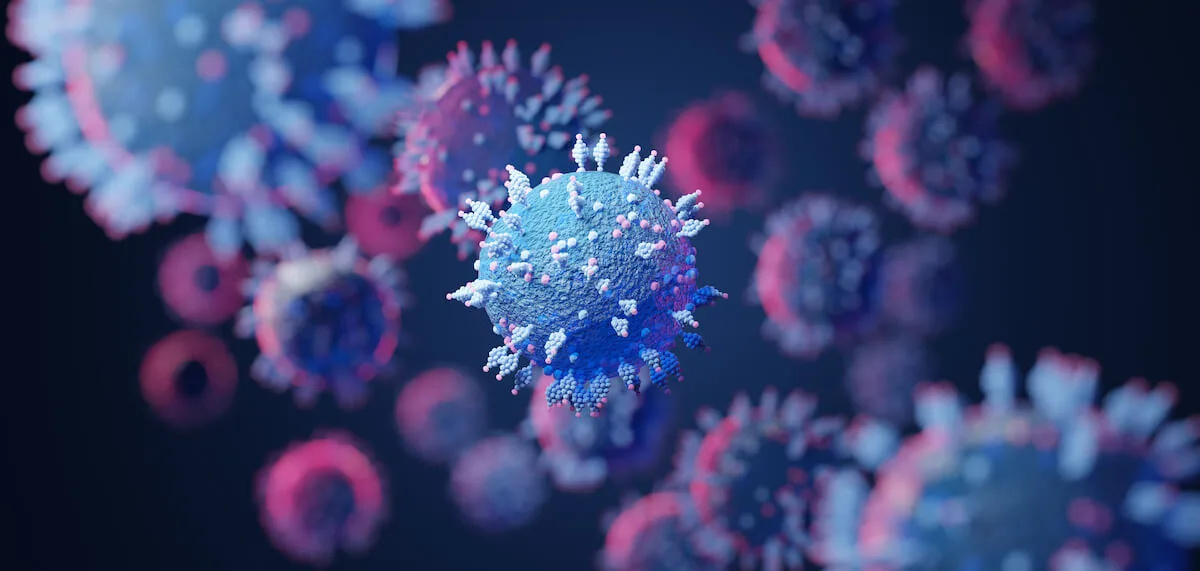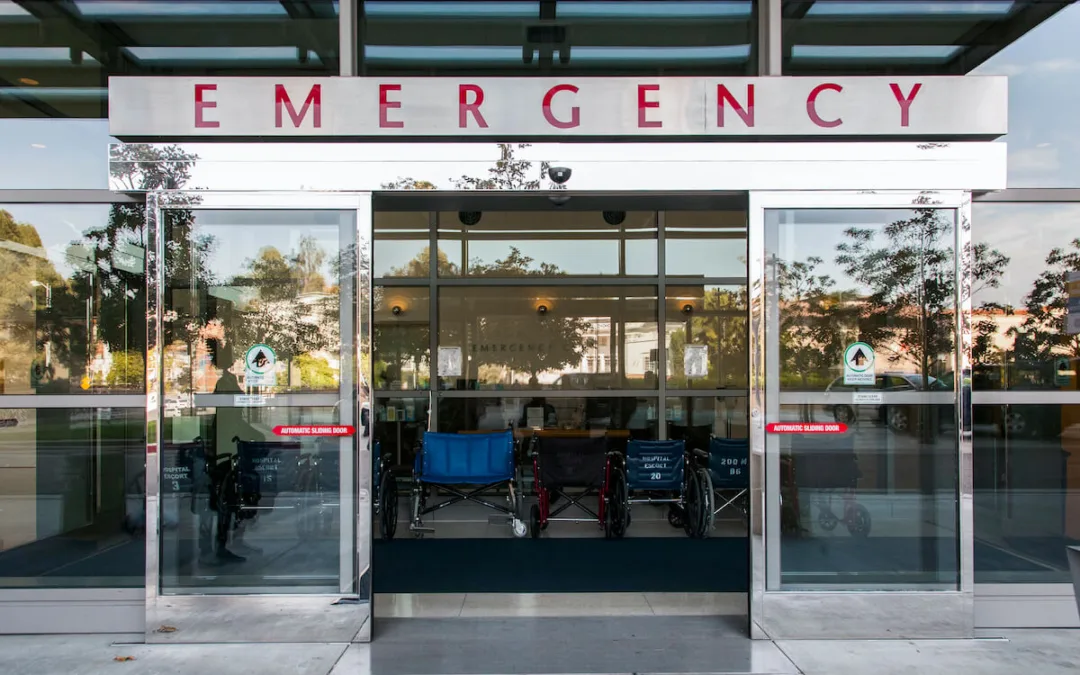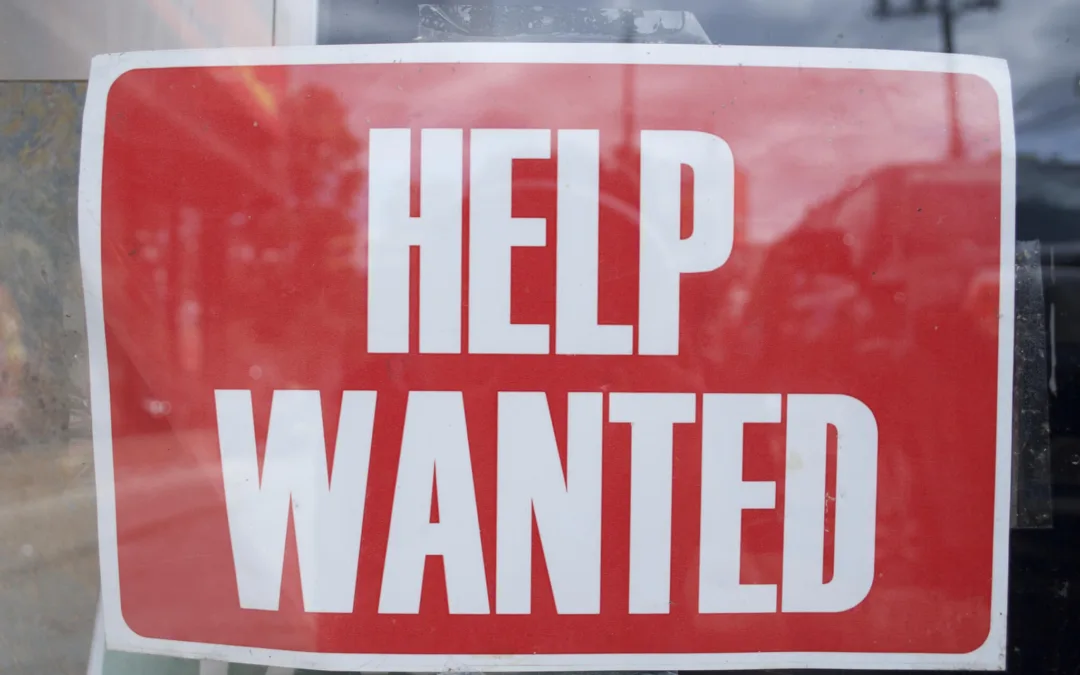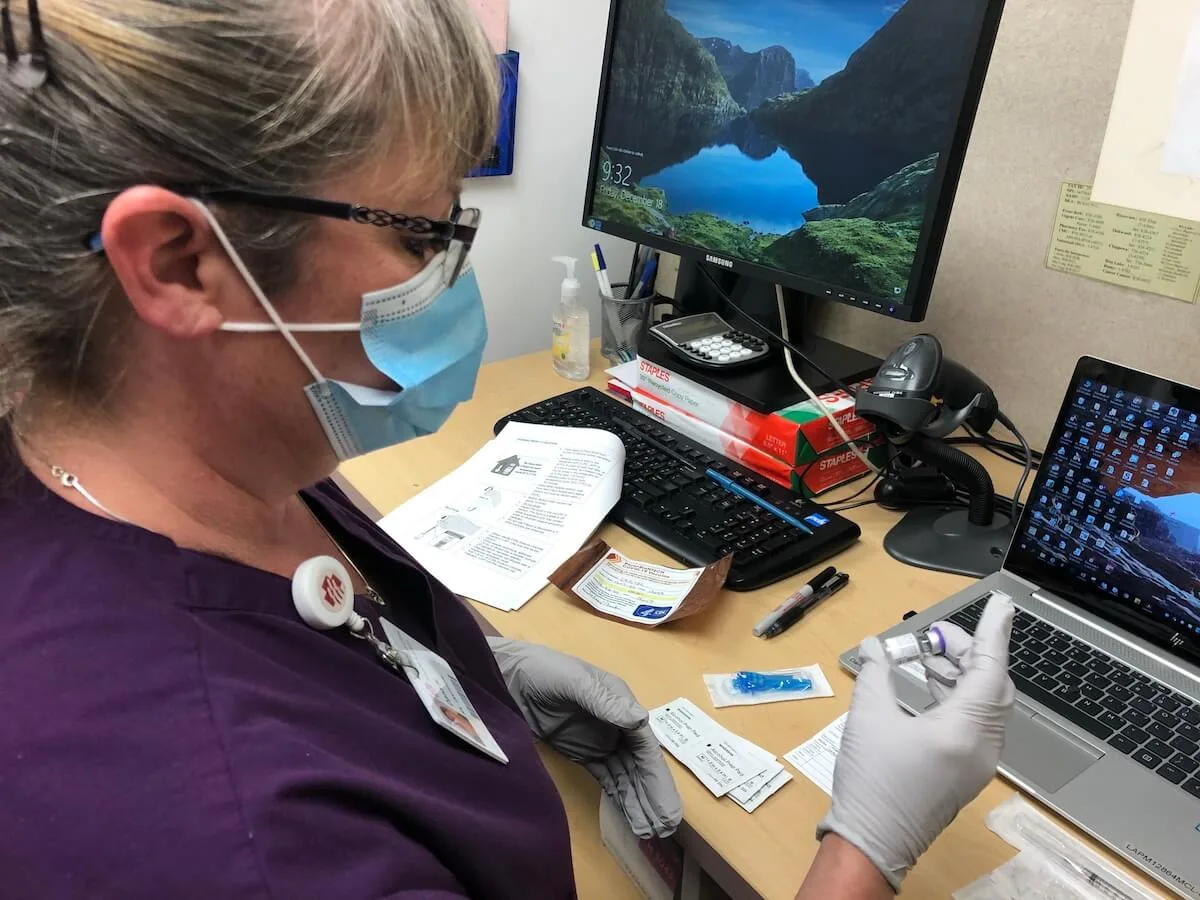
#image_title
#image_title
DHS asks for patience as Wisconsin’s weekly vaccine supply is still one-third of what the state should be getting.
The Wisconsin Department of Health Services (DHS) announced Tuesday that people 65 and older will be eligible for a COVID-19 vaccine starting on Jan. 25.
But in a vaccine rollout update hours later, DHS Deputy Secretary Julie Willems Van Dijk recommended that the roughly 700,000 Wisconsinites in that age group wait a couple weeks before they try to get their shots.
“I implore people for their patience,” Willems Van Dijk said in a call with reporters.
The dueling messages of anticipation and tempered expectations illustrate the continued issues with Wisconsin’s vaccine rollout, stemming largely from an inadequate supply of shots from the federal government. The state is still only getting about 70,000 doses per week, a number Willems Van Dijk would like to see double or triple as soon as possible.
“At this point in time we don’t have anything to indicate to us that we’re gonna have a large new supply of vaccine anytime soon,” Willems Van Dijk said.
For those 65 and older who don’t want to wait, they should contact their typical flu shot provider, Willems Van Dijk said. But due to high demand and low supply, those people should expect a wait, Willems Van Dijk said.
Wisconsin began giving shots on Dec. 15, but the state has had one of the slowest vaccine rollouts in the Midwest, according to data from the Centers for Disease Control and Prevention. As of Tuesday, 248,185 doses have been administered; 40,545 of those are second doses, meaning a completed vaccine regimen. That leaves about 210,000 who have received a first dose.
The federal government has allocated 779,800 doses to Wisconsin, according to DHS. Vaccine providers in Wisconsin have requested 473,300 doses, and 100,100 are actually on the way to providers.
If the state doesn’t start receiving twice or three times as many doses each week, it will be practically impossible to achieve herd immunity this year, Willems Van Dijk previously said. Herd immunity is achieved when roughly 70% or more of the population has been vaccinated or exposed to COVID-19.
Once the state starts receiving two or three times more doses, she said, DHS could feasibly open up vaccine distribution to the general population.
RELATED: Demand for COVID-19 Vaccine Strong, Even in Mostly Rural Counties
There likely will not be any noticeable impact on the COVID-19’s spread in the state until herd immunity is achieved, said Dr. Stephanie Schauer, the state’s immunization program manager. That means people should still wear masks and keep their distance.
“We have to continue with many of these efforts until we have a significant portion of the population covered,” Schauer said.
New confirmed cases continued to decline on Tuesday after a slight post-Christmas bump, with DHS only reporting 1,525 additional infections. The seven-day daily rolling average is now 1,895; down to a level not seen since mid-September.
Willems Van Dijk said that while the numbers are declining, it still isn’t safe to engage in normal activities.
“It’s still a big old forest fire burning,” she said of the pandemic. “And so I don’t think we should be lulled into a sense of complacency, that just because we’re seeing declines that we have this thing nailed.”
Politics

Eric Hovde’s company exposed workers to dangerous chemicals, OSHA reports say
A Madison-based real estate company run by Wisconsin US Senate candidate Eric Hovde settled with the Occupational Safety and Health Administration...
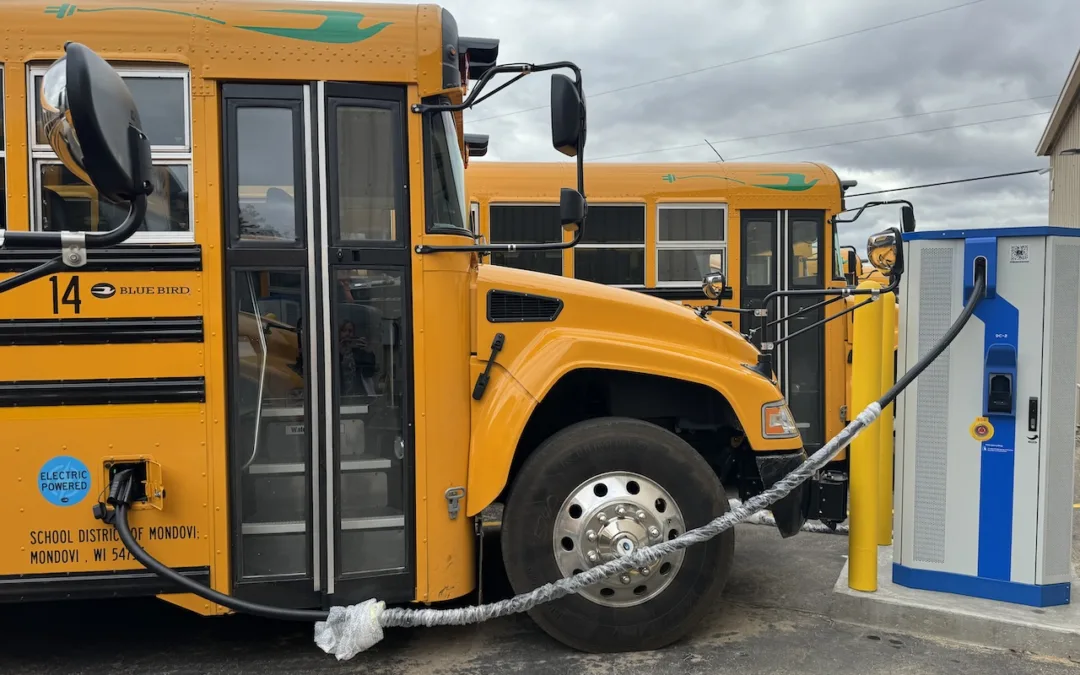
Plugged in: How one Wisconsin school bus driver likes his new electric bus
Electric school buses are gradually being rolled out across the state. They’re still big and yellow, but they’re not loud and don’t smell like...
Local News

Stop and smell these native Wisconsin flowers this Earth Day
Spring has sprung — and here in Wisconsin, the signs are everywhere! From warmer weather and longer days to birds returning to your backyard trees....

Your guide to the 2024 Blue Ox Music Festival in Eau Claire
Eau Claire and art go hand in hand. The city is home to a multitude of sculptures, murals, and music events — including several annual showcases,...


